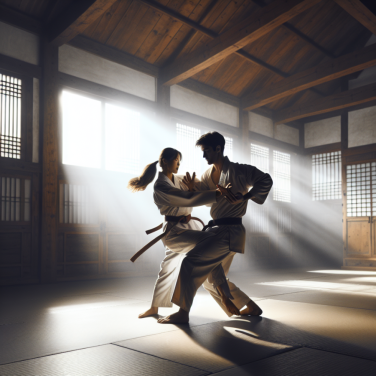Evolution of Golf: From a Medieval Pastime to a Modern Sport Phenomenon
During the Middle Ages, a game called ‘Palle Maille’ was played in the playgrounds and streets of Scotland, the traditional origin of golf. Many historians believe this pastime, which involved knocking a ball from place to place with the least number of strokes, was one of the earliest forms of golf.
However, the earliest references to a game resembling golf were found in the royal decree of King James II of Scotland in 1457, where it’s mentioned alongside football and archery. This game required precision to strike a small ball into a hole hundreds of yards away with sticks that resemble modern golf clubs, evoking more visual similarities to today's game than ‘Palle Maille’. Interestingly, it was deemed a distraction to learning archery, a much necessary skill for warfare, and was subsequently banned. Similar bans were instituted in 1471 and 1491.
Despite these bans, the golf-like game continued to gain popularity, slowly evolving into the sport we know today. In 1502, King James IV of Scotland, an avid golfer himself, lifted the ban, giving golf its first royal endorsement. The sport then began spreading through the Scottish elite, eventually reaching England and further afield to Europe.
By the 17th century, the game had evolved significantly. The earliest ruleset - 'The Gentleman Golfers of Leith Rules' - was penned down in 1744 and golf competitions were a common feature among society's elite. Golf began to resemble the sport phenomenon it is today, with established clubs and competitions.
However, the industrial revolution in the 19th century was a game-changer for golf. The invention of gutta percha, a type of rubber, revolutionized golf balls – making them cheaper and easier to manufacture. This significantly reduced the cost of playing golf and opened the sport to the middle class.
The evolution continued in the 20th century with technological advancements influencing golf equipment. Clubs became more standardised and an American golfer, Walter Hagen, introduced the idea of endorsement, making golf a profitable profession leading golf to be a mainstream sport.
In the 1920s, professional golf organizations like the Professional Golfers Association (PGA) of America were established. By the mid-20th century, the game had grown globally, with the establishment of professional tours in Europe, Africa, Asia and Australia.
Today, golf is a multi-billion-dollar industry with millions of enthusiasts worldwide.
Read also:
Unraveling the Mystery: Are Golf Balls Really Hollow Inside?"
Tracing Back to the Roots: An Archaeological Perspective on Golf's Inception
The ancient origins of golf have been a subject of debate among historians for years. Many hypotheses posit the game's origins in different societies, including the ancient Chinese, the Romans, and the Dutch. Our archaeological inquiry focuses on the transformation of the game over centuries and its evolution to the modern form that we identify as golf today.
The Chinese Game of Chuiwan
One theory according to the Ming Dynasty (1368-1644) book "Dongxuan Records" suggests that a game called Chuiwan (which translates to ‘ball-hitting’) might be a potential predecessor to modern golf. The game involved hitting balls into holes with specially designed equipment and was reportedly played by Chinese noblemen and the emperors themselves. A variety of delicately crafted clubs, sticks, and balls found at these archaeological sites further hint at a strong culture of ball games that could potentially link to the evolution of golf.
The Roman Game of Paganica
Paganica was a game played by the Romans that involved players striking a stuffed leather ball with a bent stick. This game, played almost two thousand years ago, is thought to have influenced the beginnings of golf. Artifacts such as carved sticks and leather balls have been discovered at Roman archaeological sites, giving some credibility to this hypothesis. Moreover, as the Romans expanded their empire, they likely spread Paganica, and its potential golf-like offshoots, across Europe.
The Dutch Influence and Kolven
The Dutch game of Kolven, which appeared in the 13th Century, was a common pastime in the Netherlands and can be considered as the direct ancestor of golf. Kolven entailed players striking a leather ball towards a specific target with a long stick or club. Paintings from that era and physical evidence such as Kolven balls and sticks suggest the Dutch played a significant role in the evolution of golf.
Setting Roots in Scotland
Despite these influences, the game of golf as we know it today has its roots set firmly in Scotland. Evidence comes from Scottish parliamentary statutes from the 15th Century that banned the game, suggesting it was quite popular at the time. The Old Links at Musselburgh Racecourse has been certified as the oldest golf course in the world by Guinness World Records. The ancient golf clubs and balls found here celebrate the age-old tradition of the game in this region.
Every layer of soil turned, every artifact found, gives us more insight into the rich history of golf.




